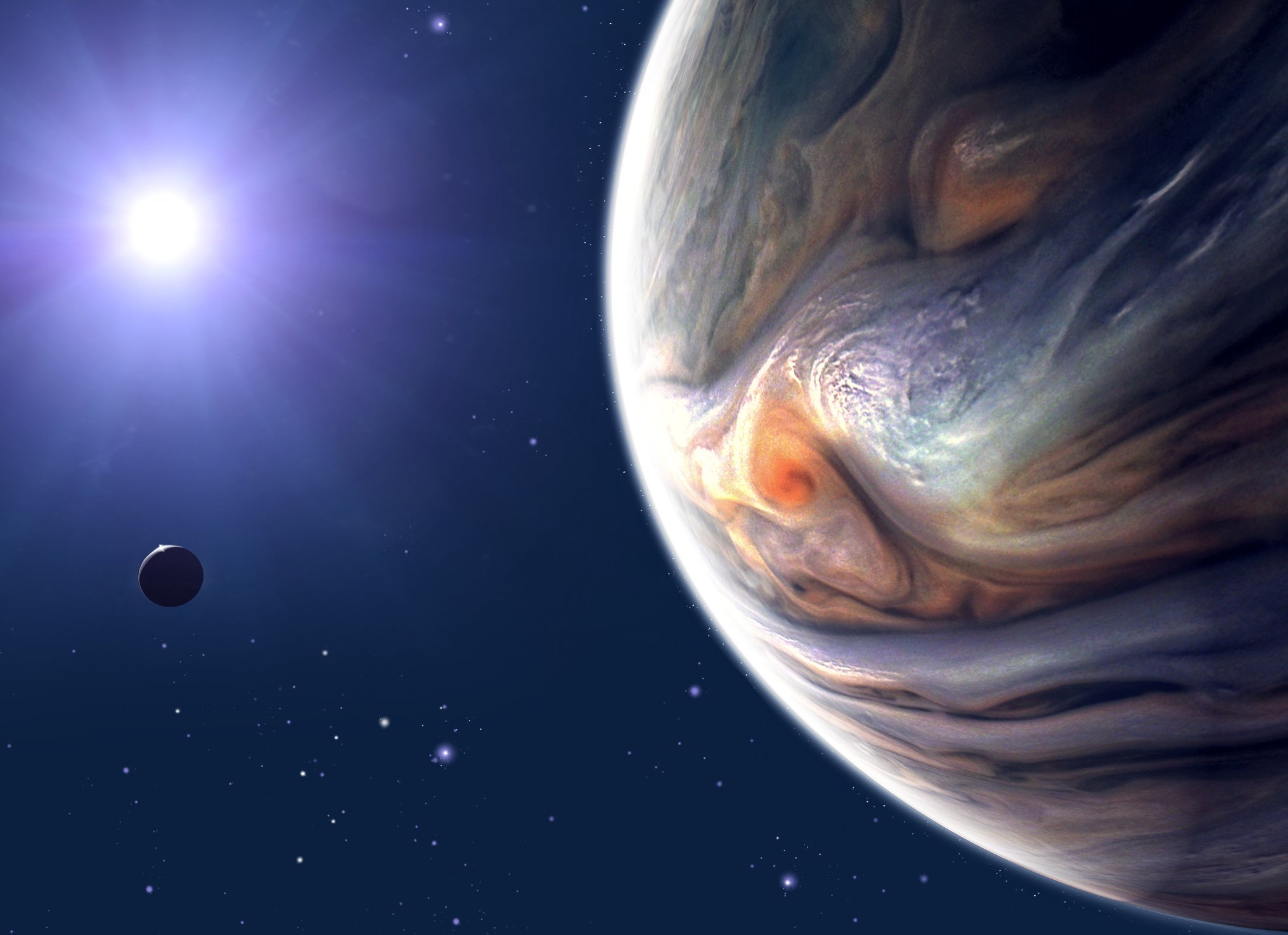This week TecMundo and #AstroMiniBR have selected some of the most relevant astronomical curiosities produced by their collaborators. profile in x To share the fantastic universe of astronomy with you. Check out!
#1: Autumn has arrived in the Southern Hemisphere!
Last Wednesday, March 20, autumn began in the southern part of our planet! From an astronomical perspective, this is a fascinating period marked by subtle but significant changes in the incidence of solar radiation. During this season, the Earth reaches a point in its orbit where the axis of rotation is tilted so that the sun’s rays fall more directly on the equator.
The day marking the beginning of this event, known as the autumnal equinox, occurs around March 20 or 21 in the southern hemisphere and marks the moment when the Sun crosses the celestial equator, resulting in an approximate equality of duration between day and night. . The equinox occurs twice a year, in autumn and spring. Plays a crucial role in regulating weather patterns and seasons.
While temperatures begin to drop in the Southern Hemisphere during the autumnal equinox, the opposite process occurs in the Northern Hemisphere, marking the beginning of spring.
#2: A star system in Cruzeiro do Sul!
The Southern Cross is one of the most iconic and recognizable constellations in the Southern Hemisphere night sky, home to a stunning array of bright stars. Among these, Alpha Crucis, also known as Acrux, stands out as the brightest and most prominent member of the group.
Located approximately 320 light-years from Earth, Alpha Crucis is actually a multiple star system consisting of at least two main stars (Alpha Crucis 1 and Alpha Crucis 2) and a third star (Alpha Crucis 3). This star system is one of the most important landmarks for skywatchers in the Southern Hemisphere.not only because of its brilliant shine, but also because of its historical significance to many ancient cultures.
Observing and studying these stars not only enriches our understanding of astronomy, but also maintains the fascinating connection between modern scientific knowledge and ancient traditions of celestial observation.
#3: A comet hits Jupiter!
The passage of comets is a fascinating event in itself, but one of them has entered the history of astronomy in an extraordinary way: Comet Shoemaker-Levy 9. Discovered in 1993 by a trio of astronomers named Carolyn, Eugene Shoemaker, and David Levy, this comet presented a unique feature: it was broken into several pieces, as if it were a cosmic pearl necklace.
In July 1994, the world witnessed an unprecedented cosmic spectacle. Comet Shoemaker-Levy 9 collided with Jupiter’s atmosphere in a series of spectacular collisions.. Later studies revealed that these impacts caused massive explosions and left visible scars in Jupiter’s atmosphere for several months; this event provided valuable data on Jupiter’s composition and atmospheric dynamics.
This event was followed by telescopes around the world and allowed astronomers to better understand the nature of comets and collision processes in the solar system, as well as a better understanding of Jupiter’s atmospheric properties.
Comet Shoemaker-Levy 9 left a legacy in astronomy and emphasized the importance of constantly monitoring the skies for potential threats.
Did you like the content? So, always stay up to date with astronomy curiosities at TecMundo. Until later!
Source: Tec Mundo
I’m Blaine Morgan, an experienced journalist and writer with over 8 years of experience in the tech industry. My expertise lies in writing about technology news and trends, covering everything from cutting-edge gadgets to emerging software developments. I’ve written for several leading publications including Gadget Onus where I am an author.












